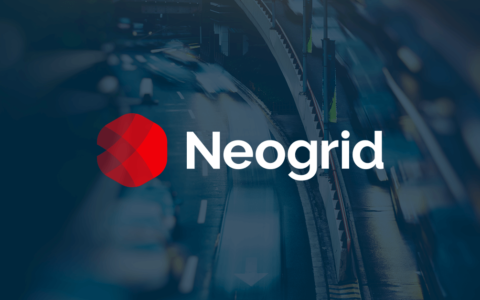
Food manufacturers work within tight schedules —processing times and logistics play a key role in achieving “farm to fork” goals. Yet, managing the supply chain is becoming more and more complex. While a holistic view of inventories, deliveries and shipments are required, food processers must also have granular visibility into their operations to maintain efficiency, cull wastes and conform to current safety regulations.
When those requirements are combined with changeable buyer behavior, raw material and product-based shelf life variations and the tight margins associated with consumer goods, companies need real solutions for maintaining profitability. An article in Food Engineering magazine recently examined this growing complexity explaining, “How food manufacturers can use technology to manage supply chains” effectively.
Citing various sources, including NeoGrid’s COO Gilson Torii, the article presented the challenges food manufacturers face, the aspects involved in a resilient supply chain management operation and how to use technology to integrate that required resiliency.
Challenges
In addition to general supply chain factors like SKU shelf life and normal logistics challenges, food manufacturers are subject to rapid volatility in specific areas, including:
- Customer demand
- Oil and fuel prices (transportation)
- Carrier capacity
- Geopolitical issues
- Seasonal availability
- Weather-related problems and localized natural disasters
Since companies can’t prepare for every contingent, the best protection against losses related to “upheaval in business productivity” is building resiliency.
Resiliency in Supply Chain Management
Citing a 2013 Deloitte white paper, “Supply chain resilience—A risk intelligent approach to managing global supply chains,” four characteristics identify resiliency in supply chain management:
- Flexibility—the ability to react without incurring additional costs
- Visibility—tracking and monitoring in real-time
- Collaboration—relationships with supply chain stakeholders that promote mutual goal realization
- Control—defining activities that regulate operations
Fortunately, incorporating these aspects simply requires the use of technology. The automation of data management and collection using RFIDs and bar codes reduces manual labor requirements, while the entrance of IoT technology provides an advanced, unified and centralized network for data integration.
Rather than managing supply chain activities from upstream data, companies are able to integrate downstream information to better control operations and costs. Management orchestrated from the POS, says NeoGrid’s Gilson Torii, allows companies to “figure out the overall demand of a particular product and see where that product is within the supply chain to determine if it is sitting at the wrong place.” And, that’s just the tip of the iceberg.
Read more about developing a resilient supply chain here.
Download our retail supply chain collaboration white paper to learn the seven most important criteria in selecting a new supply chain platform.





